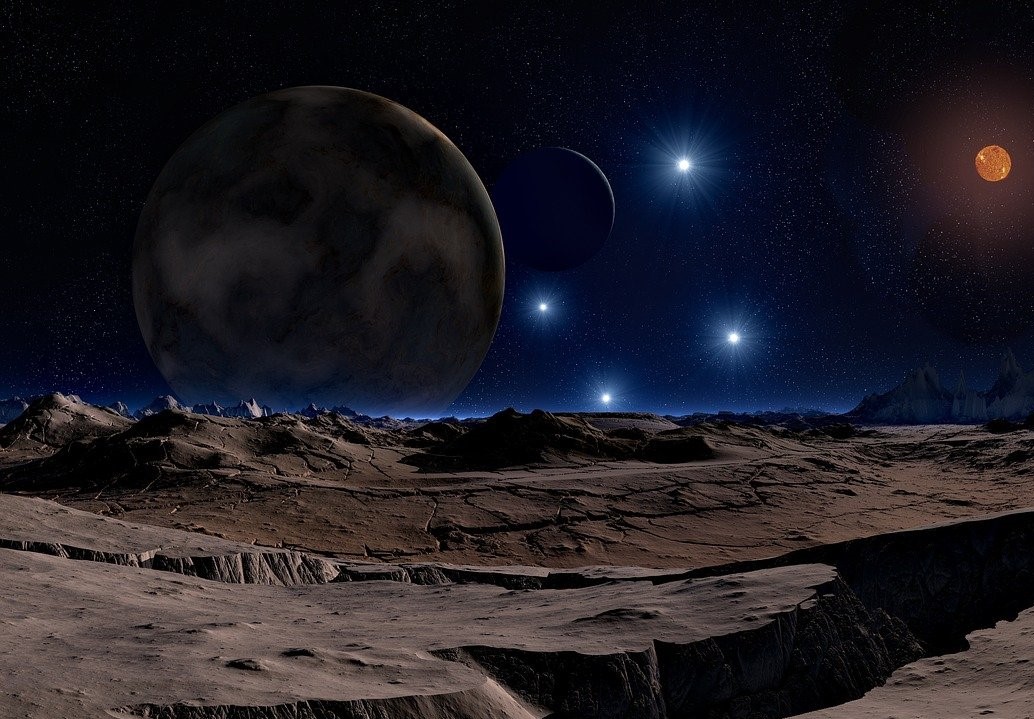NASA scientists estimate that about half of the stars in our galaxy have a similar temperature to our Sun. These stars could potentially support life on rocky planets. Scientists and humanity are one step closer to finding an answer to whether there is another life in the universe.
Stars Influence on Rocky Planets
NASA’s mission using the Kepler space telescope has discovered potentially habitable planets outside our galaxy. Scientists call these planets exoplanets.

“Kepler already told us there were billions of planets, but now we know a good chunk of those planets might be rocky and habitable,” said the lead author Steve Bryson, a researcher at NASA’s Ames Research Center in California’s Silicon Valley. “Though this result is far from a final value, and water on a planet’s surface is only one of many factors to support life, it’s extremely exciting that we calculated these worlds are this common with such high confidence and precision.”
Each star is different with different properties that affect whether rocky planets are able to support water in liquid form – the basis of life. The different properties of stars are one of the reasons why it is difficult to calculate how many potentially habitable planets there are actually in the universe.
New Research Helped Refine the Data
The European Space Agency’s Gaia mission made a significant contribution to the calculations. Gaia provided information about the amount of energy that hits the planet from its host star. This allowed scientists to look at research in a completely different way.

The collection of data from the Kepler mission and the Gaia mission provided the conditions for better astronomical calculations. For scientists in the field of astronomy and astrobiology, this is a new perspective and a big step forward.
The Kepler space telescope has been collecting data for nine years. Thanks to the telescope, NASA scientists have discovered that there are billions of planets in our galaxy. There are more planets than stars. NASA decommissioned the space telescope in 2018 after running out of fuel.
Source: https://www.sciencedaily.com/releases/2020/11/201106082746.htm




